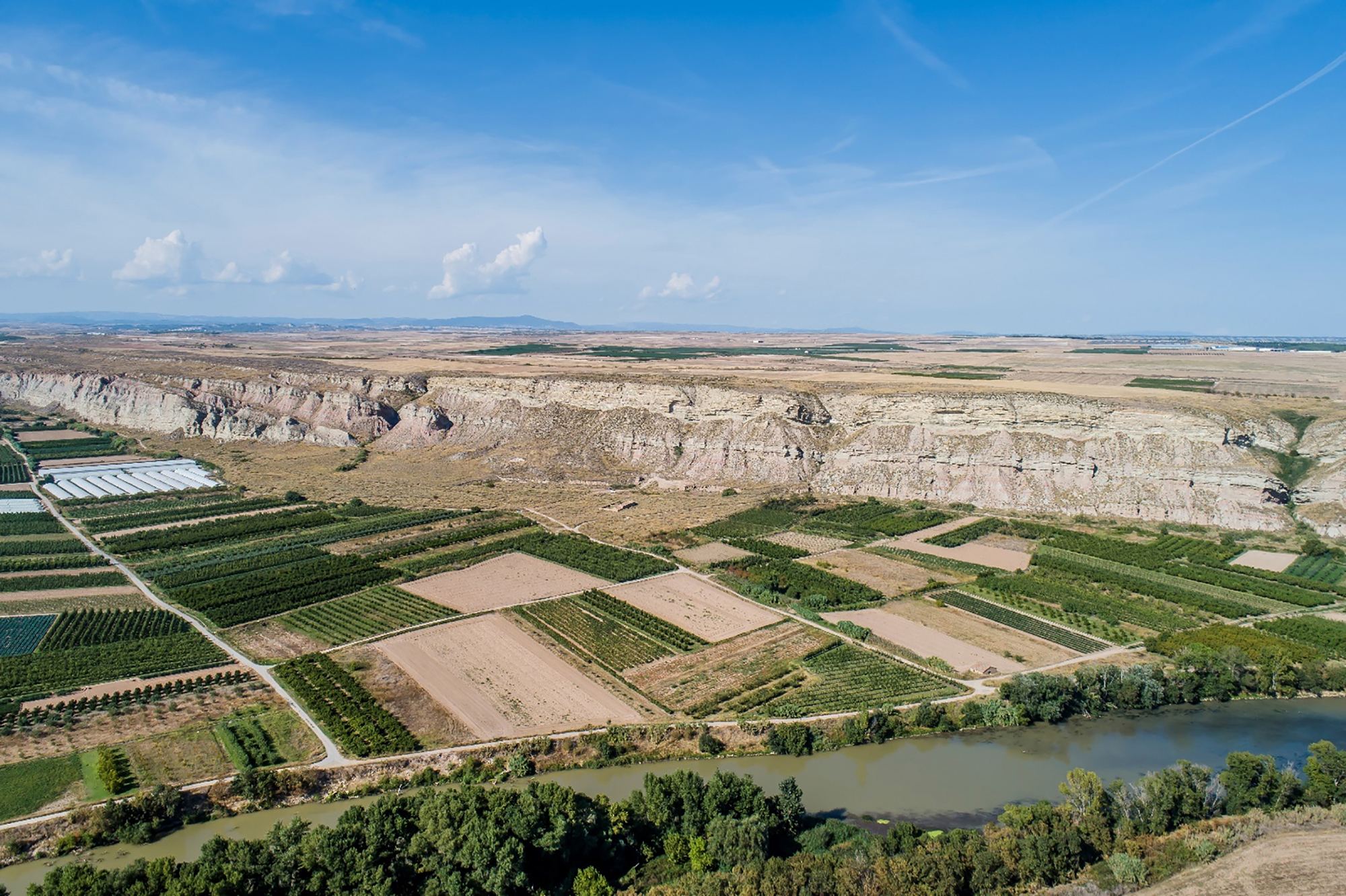The roots of the Basque steel industry have been discovered: 300 haizeolas in Álava, Gipuzkoa and Bizkaia
- A team of researchers has inventoried and studied the pre-hydraulic systems used in ancient times to make iron.

The fans were workshops to convert iron into metal. They were used in the Basque Country from the 5th century B.C. to the 15th century B.C. – even after the beginning of the use of water in the traverses – this system of steel production, which in our country spanned 2,000 years, was therefore like a prehistoric blast furnace.
The Archaeological Group of the Museum of Metaculture of the Basque Country began its study of the winds 15 years ago, at the request of the Basque Government, seeing that many of them were in danger from being underground. In order to protect this archaeological heritage, it was first considered necessary to carry out the recount, and the number of CAV’s wind turbines known so far has been quintupled: 170 sites have been catalogued in Bizkaia, 150 in Gipuzkoa and 25 in Álava.
The type of oven that will change the story
Javier Franco, head of the archaeological team and a researcher at the UPV/EHU, explains that in Europe they have also found “an unparalleled type of furnace”: they were in the form of wide-mouth vessels that survived until the Middle Ages to the more recent form brought by the Romans. This peculiarity, says Franco, alters the theory about the evolution of ovens in Europe.
On the other hand, the investigation has shown that Bizkaia and Gipuzkoa were “first class” steel producers, whereas in Álava this material was imported as ceramics were exported.
Aranzadi Zientzia Elkarteko Etnografia Sailaren zuzendari berria da Maite Errarte Zurutuza (Beasain, 1995), urrian Fermin Leizaolaren lekukoa hartu ondoren. Kultura materiala aztertzen jarraitzeko beharra azpimarratu du, gizartearen memoria eta bizimodu aldaketak erregistratzeko... [+]
Atapuercako aztarnategian hominido zahar baten aurpegi-hezur zatiak aurkitu dituzte. Homo affinis erectus bezala sailkatu dute giza-espezieen artean, eta gure arbasoek Afrikatik kanpora egindako lehen migrazioei buruzko teoriak irauli ditzake, adituen arabera.
Martxoaren 30erako Iruña-Veleia martxan, SOS Iruña-Veleia eta Euskeraren jatorria elkarteek manifestaziora deitu dute, Aski da! Argitu, ez suntsitu lelopean. Azken bi urteetan "hondeatzaileak sistematikoki eremu arkeologiko oso aberatsak suntsitzeko modu... [+]
Ethiopia, 24 November 1974. Lucy's skeleton was found in Hadar, one of the oldest traces of human ancestors. The Australian hominid of Australopithecus afarensis is between 3.2 and 3.5 million years old.
So they considered it the ancestor of species, the mother of all of us. In... [+]
While working at a site in the Roman era of Normandy, several archaeology students have recently made a curious discovery: inside a clay pot they found a small glass jar, of which women used to bring perfume in the 19th century.
And inside the jar was a little papelite with a... [+]
A team of researchers led by the Japanese archaeologist Masato Sakai of the University of Yamagata has discovered numerous geoglyphs in the Nazca Desert (Peru). In total, 303 geoglyphs have been found, almost twice as many geoglyphs as previously known. To do so, researchers... [+]
Treviño, 6th century. A group of hermits began living in the caves of Las Gobas and excavated new caves in the gorge of the Laño River, occupied since prehistory. In the next century, the community began to use one of the caves as a necropolis. In the 9th century they left the... [+]
On August 1, a dozen people from the family were in Aranguren. Two young people from Aranzadi made firsthand the excavations and works being carried out in Irulegi. This visit is highly recommended, as it reflects the dimension of the work they are doing.
Halfway, at the first... [+]
In the desert of Coahuila (Mexico), in the dunes of Bilbao, remains of a human skeleton have been found. After being studied by archaeologists, they conclude that they are between 95 and 1250 years old and that they are related to the culture of Candelaria.
The finding has been... [+]
The Roman city of Santakriz is an impressive archaeological site located in Eslava, near Sangüesa. Apparently, there was a fortified people of the Iron Age, and then the Romans settled in the same place. Juan Castrillo, himself a priest of Eslava, gave the site for the first... [+]
This winter the archaeologists of the INRAP (National Institute of Preventive Archaeological Research) have found a special necropolis in the historic centre of Auxerre (French State), a Roman cemetery for newborn babies or stillbirths. - Oh, good! The necropolis used between... [+]





















